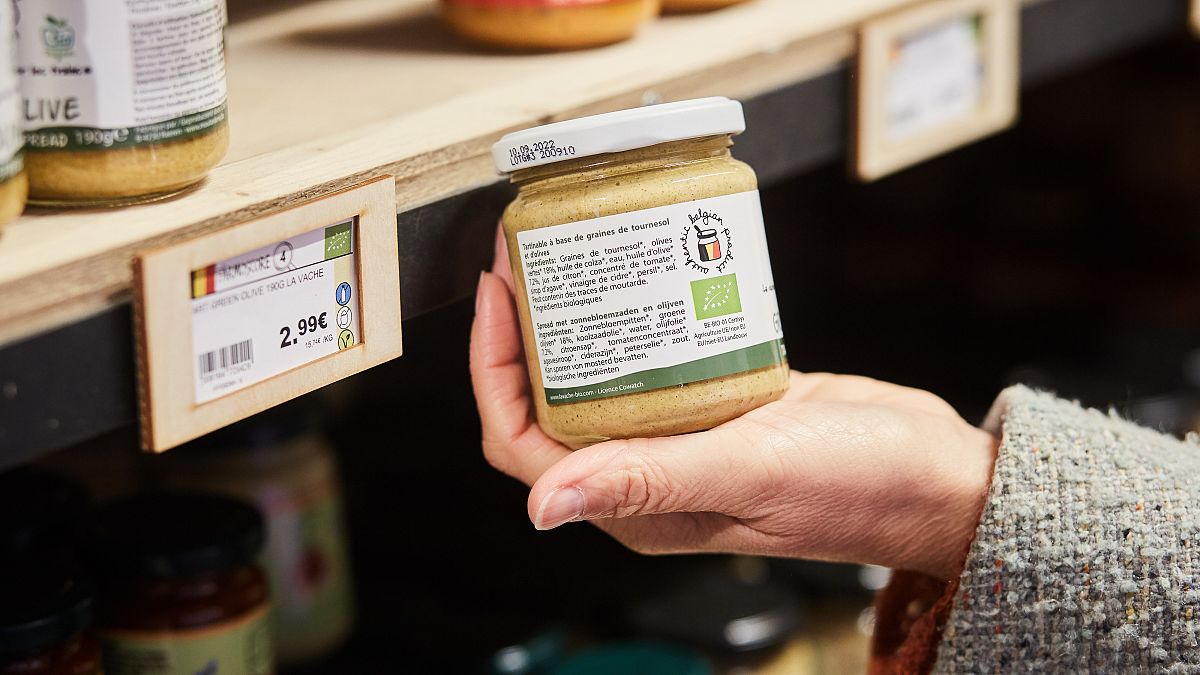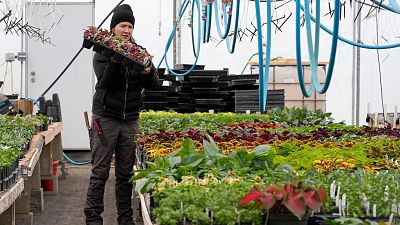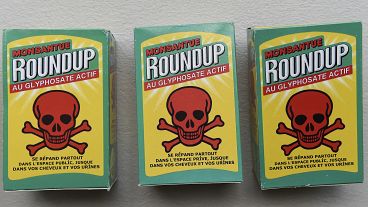There is a low risk to consumer health from exposure to pesticide residues in food but imports from third countries need to be monitored since they are four times more likely to exceed recommended levels, according to the latest findings of the European Food Safety Authority (EFSA).
Maximum residue levels of pesticide residues were four times more likely to be found in food imported from third countries than in food products grown in one of the countries reporting to the European Food Safety Authority (EFSA), the agency found in an annual report - from samples collected in 2022 - which recorded that EU foodstuffs exceeded the residue limits in 3.7% of sampled products – slightly decreasing from 3.9% in 2021.
For this reason, EFSA recommended monitoring pesticide residues in samples imported from third countries, also accounting for the fact that 4% of samples were still reported with origin unknown – of which 3% were non-compliant with residue limits.
The outcome of the EFSA annual report on pesticide residues in food in the EU, Iceland, and Norway showed that 96.3% of samples collected in 2022 fell within legally permitted levels of maximum residue level (MRL) – the highest level of pesticide residue that is legally tolerated.
Of those, 37.3% of samples had one or more residues at amounts lower than or equal to allowed limits, whilst 59% had no quantifiable residues.
The use of unapproved pesticides, such as chlorpyrifos in rice and cumin seeds from India or in oranges from Egypt, as well as contamination from prior pesticide use, and soil uptake of residues are some of the causes of residue excess from third countries.
The most frequent causes of residues on food grown in the EU are cross-contamination—that is, spray drift or other unintentional contamination—and inappropriate farming applying chemical pesticides.
Organic products had lower exceedance rates compared to conventionally produced for all food product categories but non-authorised substances in organic farming were still reported sporadically in samples coming from third countries and labelled as organic.
To face the issue, the agency suggested countries investigate the reasons for these findings and widen the analytical scope of organic samples.
Residues of the controversial herbicide glyphosate were found in 258 samples (1.7%) at levels below the maximum limits and in 42 samples (0.3%) exceeding the limits, mainly in buckwheat and other pseudo-cereals – still an exceedance rate slightly higher than in 2021 (0.15%).
The health risks are lower in the 12 most consumed food products by European citizens which include apples, strawberries, peaches, wine, lettuces, head cabbages, tomatoes, spinach, oat grain, barley grain, cow’s milk and pork fat.
For this basket of products, limits were exceeded only in 1.6% of samples. Spinach still represents the commodity with the highest exceedance rate, although with a decrease from 6.7% in 2019 to 3.4% in 2022, and EFSA recommended continued monitoring.
The estimated dietary exposure to pesticide residues is considered very low for most of the EU groups assessed, the agency concluded, calling at the same time on the reporting countries to consider strengthening the monitoring of pesticide residues in processed food commodities.



